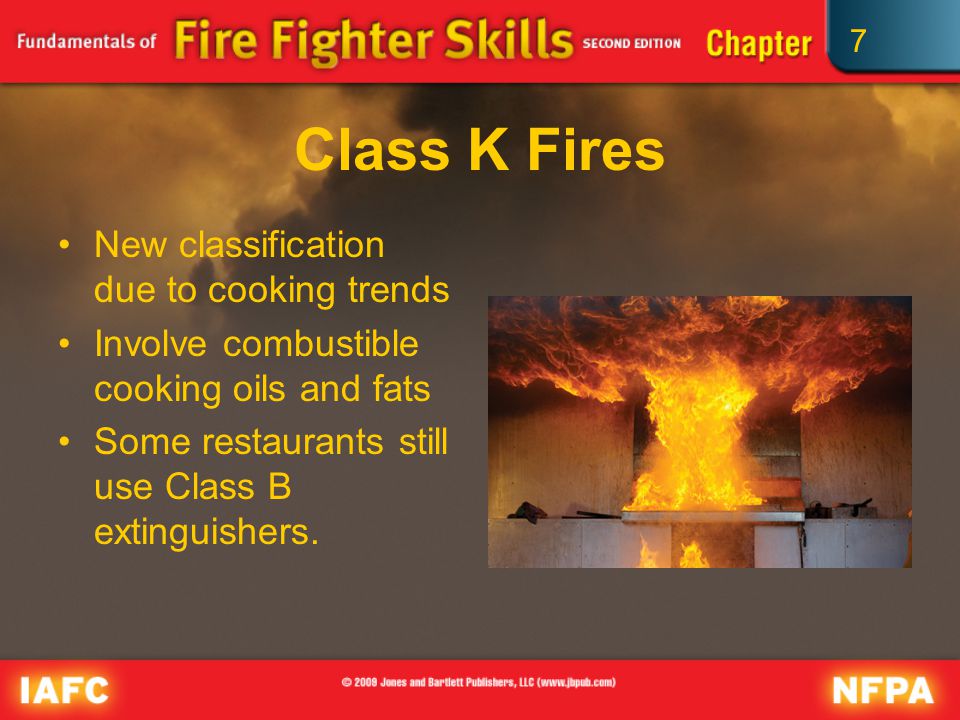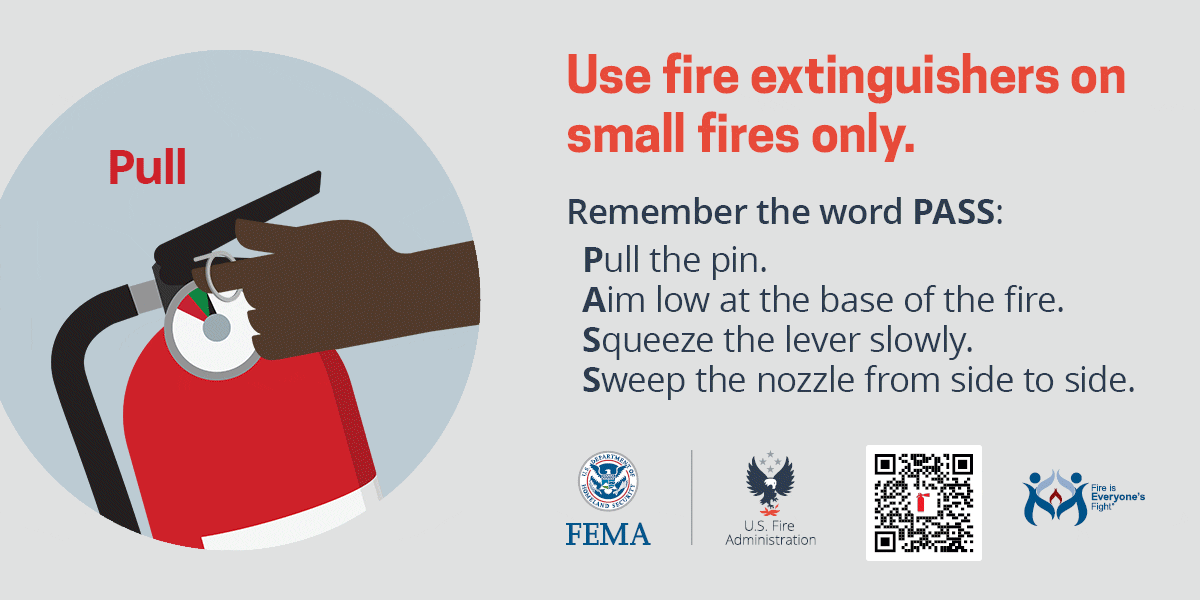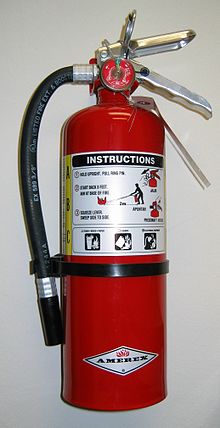class k fire examples
Water or foam extinguishers will cause these kinds of fires to get worse so. For example a scorching combustible metal fire may break water down into hydrogen gas and oxygen acting as reactants for.
Wood fabric paper trash and plastics are common.

. Vegetable oils such as safflower corn and canola. For more information about how you can utilize Class K fire extinguishers effectively to fight these dangerous fires contact us today at Getz Fire Equipment Company. Water works best to extinguish a Class A fire.
Oils fats and kitchen greases can cause Class K fires. Class A fires are defined as ordinary combustibles. Class F Fires Class K Fires The areas use F or K for the class of fire.
6 Class K Fire. Class A fires are. Fires ignited by oil burn especially.
Class B Fires are fueled by flammable or combustible liquids which include oil gasoline and other similar materials. Both residential and commercial kitchens face Class K fire risks. Wood fabric paper trash and plastics are common.
Some examples of Class C fires are. Examples of combustibles that cause a Class A fire include things such as paper rubber wood textiles straw plastic etc. Class K fire extinguishers work by saponification.
Saponification takes place when alkaline mixtures are applied to burning cooking oil or fat creating a soapy foam on the surface. Class D fire extinguishers must be used for Class D fires which are typically found in chemical laboratories. Fires in cooking appliances that.
It may in some instances exacerbate the fires intensity. If you have a metal fire the best way to put this out is to use a dry powder extinguisher only. Cooking fires that spark from grease lard olive oil butter animal fats and vegetable fats are recognized as Class K fires.
A Class K fire can also be known as Class F. Class A fires are defined as ordinary combustibles. These types of fires involving cooking oils such as in deep-fat fryers.
Combustion happens as the gasoline most commonly a fossil fuel reacts with the oxygen in the air to create heat. Ad Find Deals on extinguisher class k in Fire Safety on Amazon. Below are examples of commonly used cooking oils.
Purple K Fire extinguishers contain a dry chemical known as Potassium Bicarbonate which is effective in extinguishing Class B and Class C fires. These types are fires use commonly flammable material as their fuel source. They are one of the more dangerous fires to combat and.
Plenty more examples. Class K fires concern substances often found in kitchens. Commercial buildings and restaurants built.
These types are fires use commonly flammable material as their fuel source. Class K fires arise from flammable liquids used for cooking like vegetable and animal fat-based oils and greases.

A Fire Extinguisher A Sure Way To Keep Safe Market Business News

Ppt Confusion Over K Class Of Fire Extinguishers Agenda Item 4 2 Kerry Bell Pde Suppression Powerpoint Presentation Id 1705128

Fire Extinguishers Richmond Fire Rescue

Maine Fire Prevention Services Should You Use A Fire Extinguisher Different Types Of Fires Require Different Types Of Extinguishers For Example A Grease Fire And An Electrical Fire Require The Use

The Best Fire Extinguisher Reviews By Wirecutter

Orange County Fire Protection How To Prevent Fires From Occurring

Portable Fire Extinguishers Ppt Video Online Download

Fire Extinguisher Placement Guide Nfpa

Fire Extinguisher Placement Guide Nfpa
Types Of Fires And How To Put Them Out

Safepro Liquied Type Wet Chemical Class K Fire Extinguisher Capacity 4 Kg 6 Kg At Rs 4800 In Bengaluru
Types Of Fires And How To Put Them Out

Choosing And Using Fire Extinguishers

Fire Safety Classes Of Fire Extinguishers Cm Jha Academy Learn Railway Signalling

Kitchen Class K Fires How To Fight Them

China Class K Fire Extinguisher For Kitchen Fire Photos Pictures Made In China Com

Types Of Fires Fivestarfirecle

Everything You Need To Know About A Class K Fire Extinguisher

